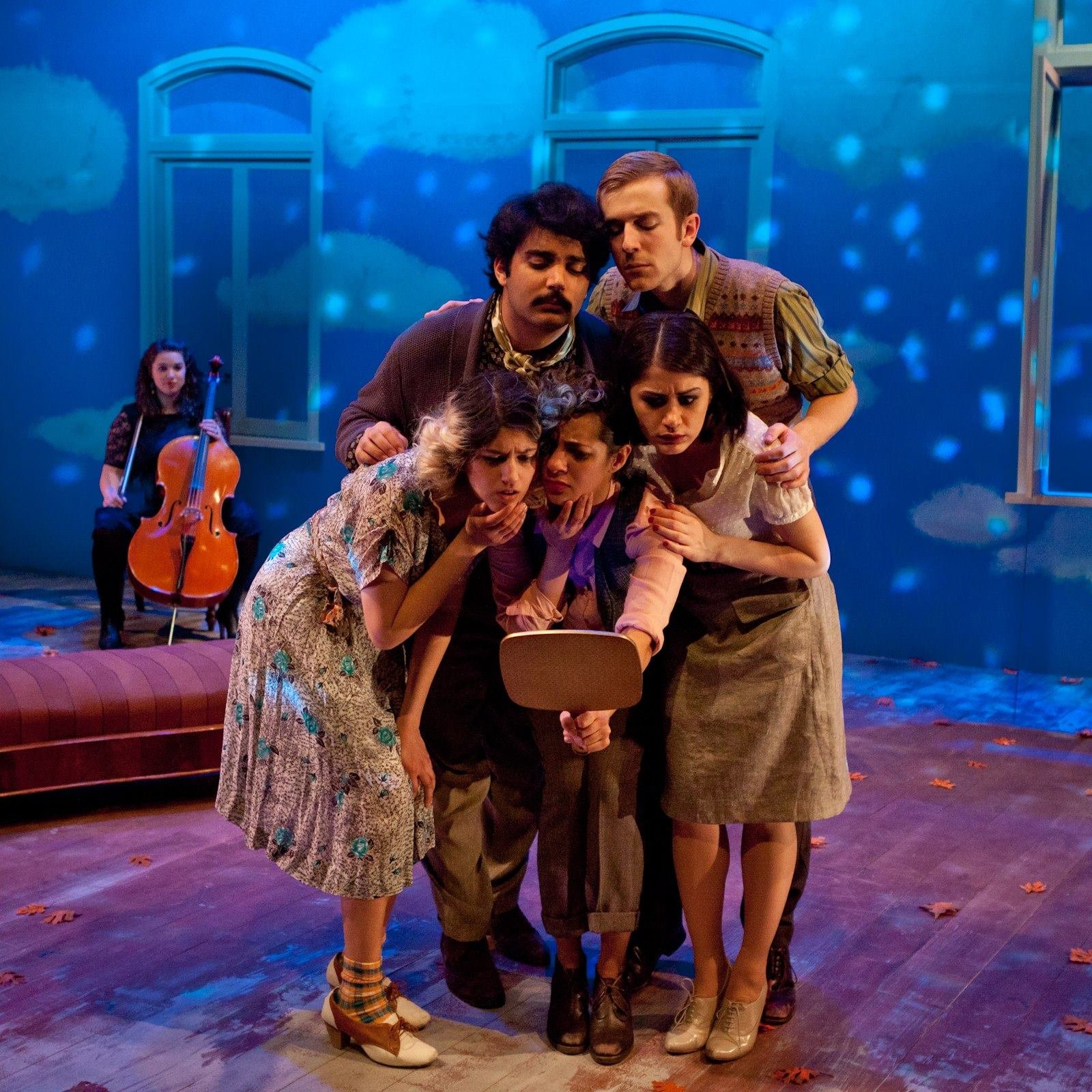Minotaur (Anna Ziegler)
I have a problem, or challenge, right now. At the end of the year I want to share with my friends a play I loved this year through a private reading, only I haven’t found it yet. Last year I knew exactly the play I wanted to feature, it was one I read in March and fell in love with instantly. I’ve loved few plays this year, and those I have are not appropriate for one reason or another.
This problem exacerbates a different problem: I read plays too quickly. I read them like I eat: to suck out the nutrients as quick as possible then move on to the next thing. I do this because there is too much: too many plays on my floor, too many things I need to get done, too many things to slowly consider this one play. Because of that, I don’t appreciate them nearly as much as I could, or should.
Knowledge of this isn’t sufficient to keep me from enacting it over and over and over again, and this is similar to the odd crux of issues at play in Anna Ziegler’s The Minotaur, a quasi-modern retelling of the Greek Myth of Theseus, largely told from Ariadne’s point of view.
All six characters (three real, three chorus) are keenly aware of their own problems, and yet many of them choose not to confront them head on, or rather abdicate responsibility, and say there is no way they can stop themselves. That they have no choices in this world.
The play takes the tack of many meta-works before it (The Further Adventures of Hedda Gabler being the first play I encountered with this thinking) where the retelling of the story is a kind of comfortable purgatory for the characters within it, and I think the “power of storytelling” has become too apotheosized for my taste.
Apart from that Ziegler has created characters gloriously unmoored from reality leading to winking and nodding references to the capriciousness of youth.
Taken as a whole the play is a little too navel-gazy, a little too recursive, a little too unserious for my impossible to pinpoint desires, but moment after moment of the show is powerful and interesting, and shows why I continue to gravitate towards Ziegler’s work, and her treatment of adolescence in particular .


